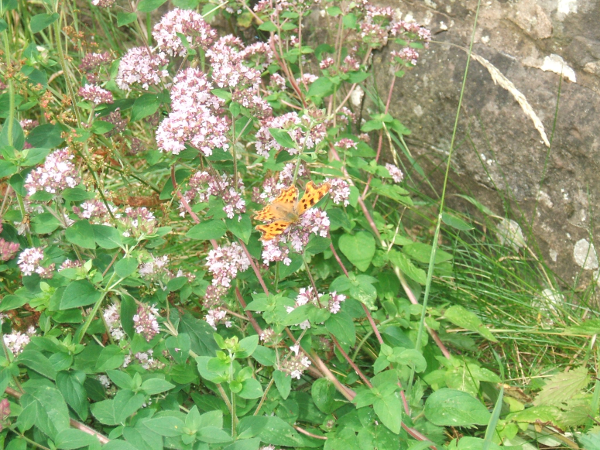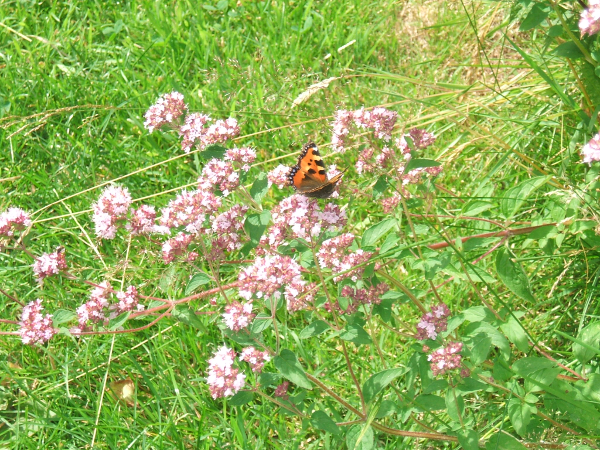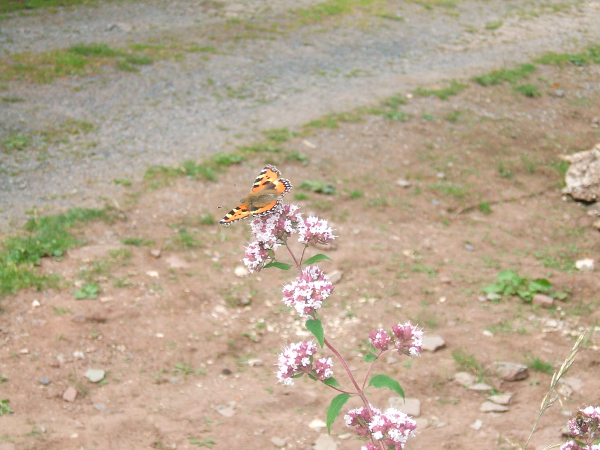
About Extended Project Qualifications (EPQs)
EPQs were started by AQA in September 2008 (AQA, 2014). It gives candidates an opportunity to reasearch a topic that interests them. The specification gives you the opportunity to make videos and documentaries (AQA, 2013), but most people choose to write a 5000 word essay on a subject of their choice. I've written a 1000-word explanation and analysis of my survey, and created this mini-site as a public record of the project.
The title of my EPQ is:
In order to answer my EPQ question, I made use of aspects of Zooniverse's Snapshot Serengeti and OPAL's Soil and Earthworm Survey. Snapshot Serengeti and OPAL's Soil and Earthworm Survey are examples of citizen science. Citizen science is the 'involvement of volunteers (i.e. people who are not involved as part of their employment) in science' (Pocock et. al., 2014). (The beautiful 'captures' of African wildlife are, for me, the best part of Snapshot Serengeti. In the OPAL project, I like the fact that you can take part in the Soil and Earthworm Survey wherever you are, and that the earthworms are very common, so that you are almost bound to come across at least one of them when carrying out the survey.)
During July and August 2014, I took over 100 photos of different species of bees and butterflies feeding on Hatterral Hill, Herefordshire.
I used Lewington's How to identify butterflies (1999) to help me identify the various species of butterfly in my photos. It is an easy-to-use book, with illustrations, maps and timelines. I found 9 species of butterfly, from 2 genera. I also found one butterfly that I could not identify.
Here are some of the pictures from my butterfly survey.

Comma Butterfly on Thymus vulgaris

Meadow brown butterfly on Galium verum

Ringlet butterfly on Rhodanthemum hosmariense

Small tortoiseshell butterfly on Thymus vulgaris

Small tortoiseshell on Thymus vulgaris

Large white butterfly on Geranium endressii
I used the Natural History Museum's British bee guide to identify the bees in my photos. I found 6 species of bee, all from the genus Bombus. I found 10 bees which I could not identify.
Here are some of the pictures from my bee survey.

Bombus hortorum on Geranium nodosum

Bombus lucorum on Cirsium arvense

Bombus pascuorum on an unidentifiable plant

Bombus terrestris on Geranium endressii

Bombus terrestris on Thymus vulgaris

Bombus terrestris on Lavandula angustifolia
I've tabulated my survey results in a publicly accessible spreadsheet.
Although I have finished this study, I will continue to observe and record the wildlife I find. If you want to help monitor and record butterflies, you can take part in the UK Butterfly Monitoring Scheme. You can carry out bee walks for the Bumblebee Conservation Trust.